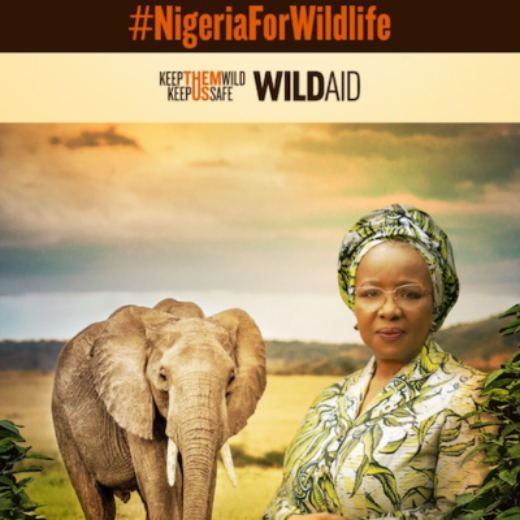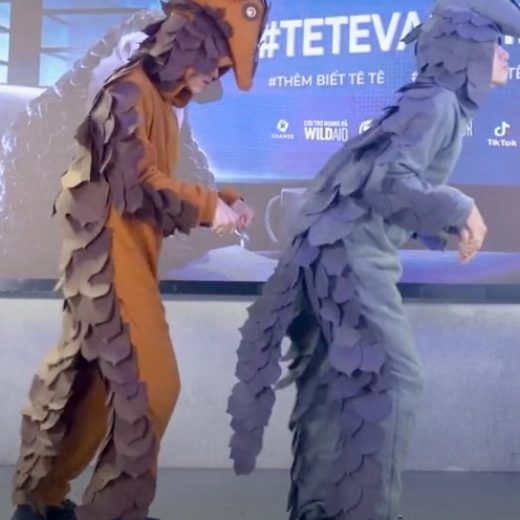


The year 2020 was always destined to be a crucial one for biodiversity, with the Cop15 conference in Kunming, China scheduled for October, at which the international community was expected to agree a Paris-style agreement for nature. But the arrival of the coronavirus pandemic across the world forced biodiversity on to the agenda in a way previously unseen.
Despite the postponement of Cop15, there was a flurry of activity among the world’s leading figures on the environment as it became clear that the state of our planet has never been more urgent. In March, John Vidal was among the first to report on the link between our destruction of nature and Covid-19 – and the warnings continued.


In September, world leaders at the UN vowed to clamp down on pollution, embrace sustainable economies and eliminate the dumping of plastic waste in oceans by the middle of the century as part of “meaningful action”. The leaders’ pledge for nature was preceded by weeks of damning reports and studies about the environmental state of the Earth, including the Living Planet Report 2020, which found global populations of mammals, birds, fish, amphibians and reptiles plunged by 68% on average between 1970 and 2016. In June, scientists warned that the sixth mass extinction of the planet’s wildlife was accelerating.
As things stand, the draft agreement for the postponed Kunming conference, which is hoped will take place next year, has headline targets of protecting 30% of the world’s land and sea by 2030, introducing controls on invasive species and reducing pollution from plastic and excess nutrients.
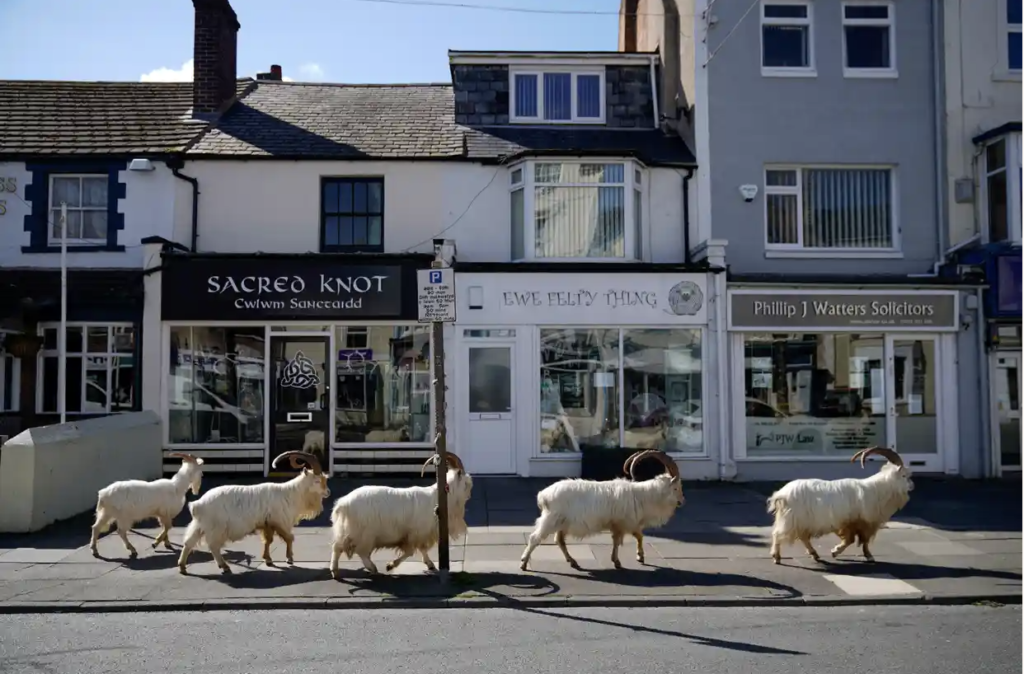

As lockdowns came into force the world over, people were noticing nature in new ways. As the International Union for Conservation of Nature (IUCN) noted this month in announcing that its postponed World Conservation Congress will be held in September 2021 in Marseille: “The world is increasingly recognising the inextricable link between biodiversity conservation and human and economic wellbeing, a connection made all the more visible by the Covid-19 pandemic.”
The Age of Extinction’s Wild Cities series reminded everyone that you don’t need to be in the countryside to see nature all around: as cities stopped bustling, so nature was seen to flourish.
But there were worrying stories of threats to wildlife throughout the year. In July, we revealed the full extent of the aftermath of last year’s fires in Australia with a road trip that showed the devastation – but also the determination of those working to save the wildlife and landscape. As reports continue to demonstrate the shocking impact of the 2019-2020 fires, record breaking temperatures already in Australia this season have given rise to fears that more is yet to come.
Despite frantic efforts by the Canadian government, indigenous peoples and construction crews, the prospects for wild Pacific salmon trapped in a canyon in northwestern British Columbia remain bleak. But in a bid to prop up the ailing populations, fisheries officials have announced plans to create a permanent “fishway” to allow migrating salmon to bypass the debris.
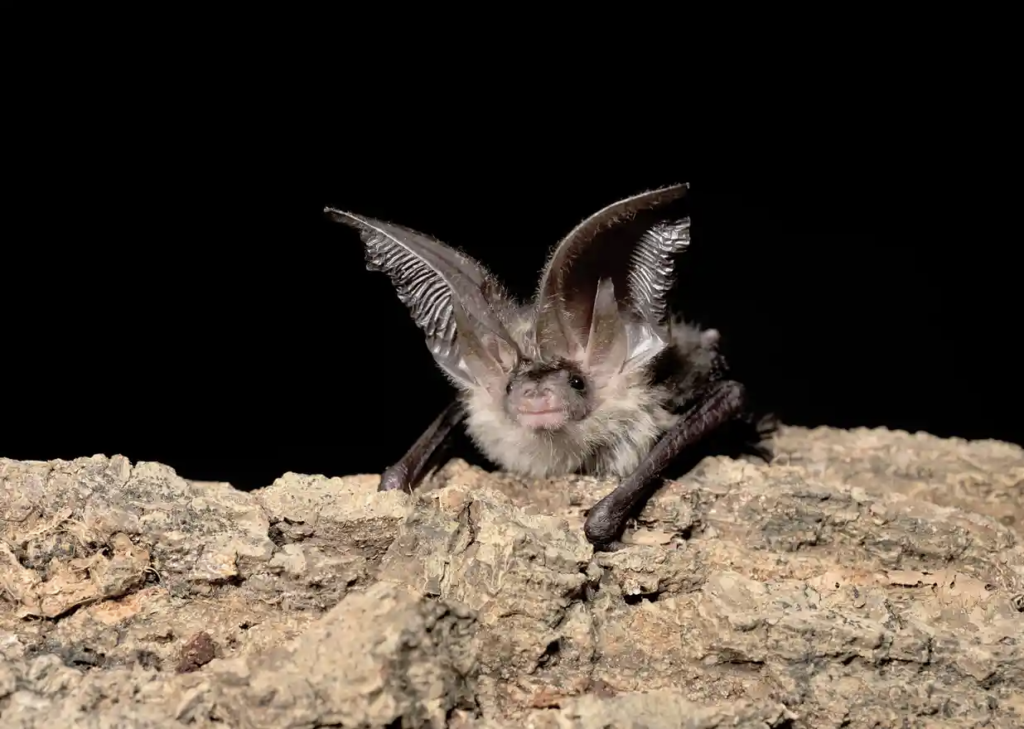

The year’s reporting from the Age of Extinction project showed all is not lost. From scientists such as Angelica Patterson investigating migrating trees, and those in Norway patiently learning from their study of dead reindeer, to people like Theo and Gloria Ferguson providing a refuge for humming birds and the entire Costa Rican suburb which elected to award bees citizenship, there are extraordinary people working to change how we treat nature and improve its life chances.
Over the next two weeks, we will follow up some of the stories that we covered during 2020 with new reports on what happened next, from advances in DNA barcoding to the race to save Europe’s secret Amazon and the threat of the Asian giant hornet.
In February, we highlighted the plight of the mountain lions penned in by freeways in California. Two months later, they were granted temporary endangered species status. Not saved yet, but moving in the right direction. We reported on birds being hunted in France, and bees dying amid the mass production of almonds in California. France has since outlawed trapping birds using sticks covered in glue, while scientists and conservationists are working to solve the global threat to bees, progress includes a technological innovation from Ireland to help monitor hives and prevent colony die-offs.
Technology is proving an important defence in protecting animals, for everything from bats to pangolins to jaguars and even coral. Yet traditional methods are also being recognised as vital, whether it is the way we graze cattle, rewild our woods or continue to honour ancient practices.
The need to recognise the knowledge of indigenous people as protectors of nature was a growing theme of the year. Earlier this month, representatives of Indigenous Peoples and Local Communities met to discuss their views on the draft Kunming agreement and suggested it should be changed to recognise indigenous lands separately from those protected for nature.
“Indigenous lands are remaining islands of biodiversity surrounded by a sea of destruction,” Joji Carino, an Ibaloi-Igorot from the Philippines, and a senior policy adviser at Forest Peoples Programme said at an event about the UN draft, in words that echoed those of indigenous leader Célia Xakriabá earlier this year.
In Kenya we reported on the conservancy model, with land managed by local people for wildlife conservation. Covid-19 has since taken its toll, with tourism all but ended, but a rescue fund has been set up by the Maasai Mara Wildlife Conservancies Association and its partners to provide emergency relief. India’s first “green” village continues to rely on its sustainable agricultural practices with tourism at a halt. In Canada, Quebec reached its Aichi target to protect 17% of its territory by the end of 2020 by working with the Cree Nation.
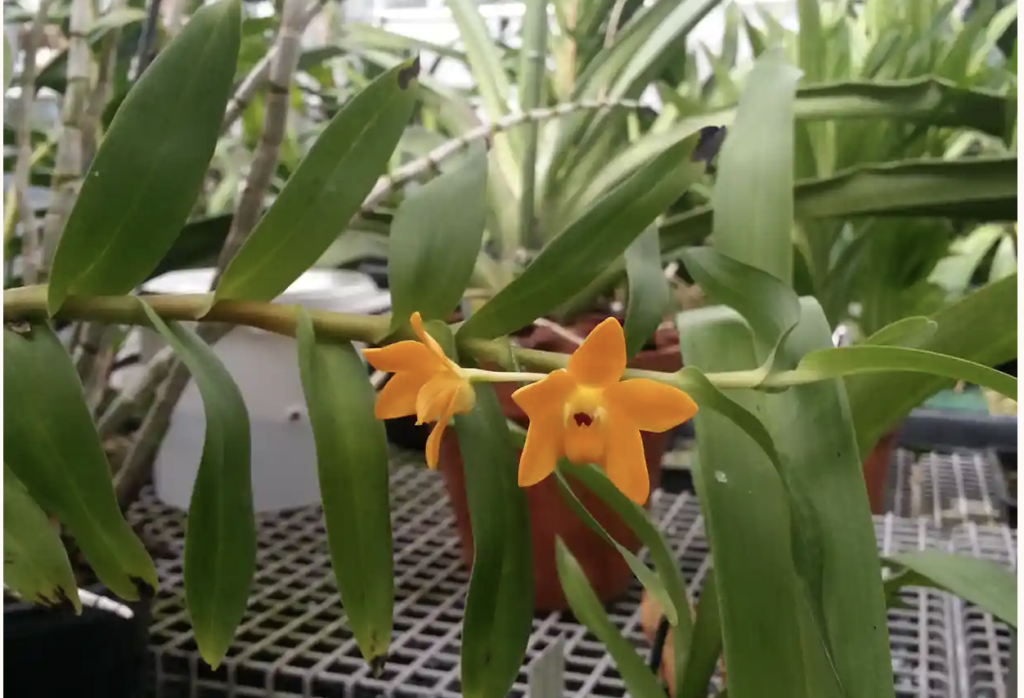

In the UK, the reintroduction of the Manchester argus butterfly to Astley Moss peatlands, was another success story. Nearly 50 were released this summer, restoring them to a landscape from which they had been missing for nearly 150 years. The Great Manchester Wetlands Partnership was delighted to see evidence of mating before the butterflies naturally died off in August and are waiting to see how many eggs hatch into caterpillars in spring.
While 2020 saw more wildlife added to the IUCN red list of threatened species, there were many new discoveries to celebrate, from fantails and flycatchers in Indonesia to continuing surprises in New Guinea, the most biodiverse island in the world.
In all, 2020 has shown that our diverse, beautiful world is under threat, but that there is still time to save it.
Stay in touch and get the latest WildAid updates.
SIGN UP
